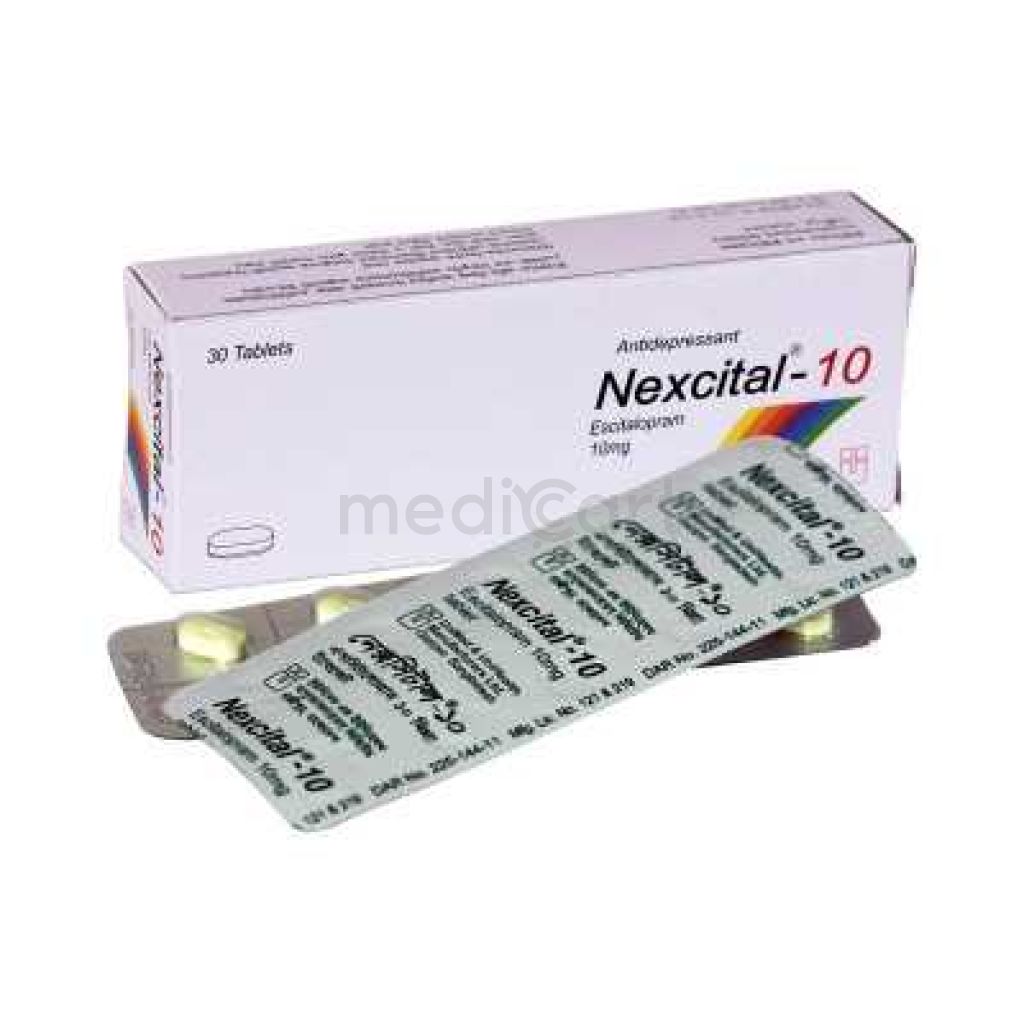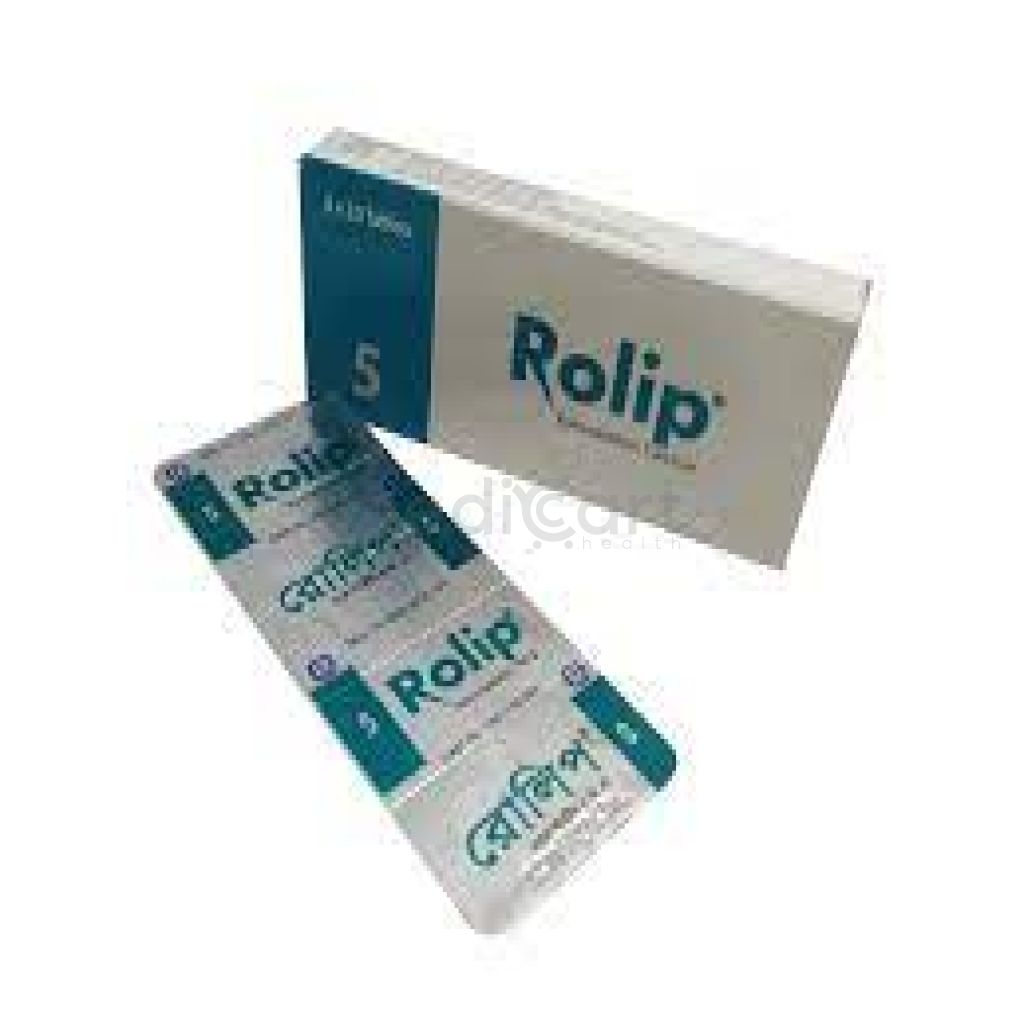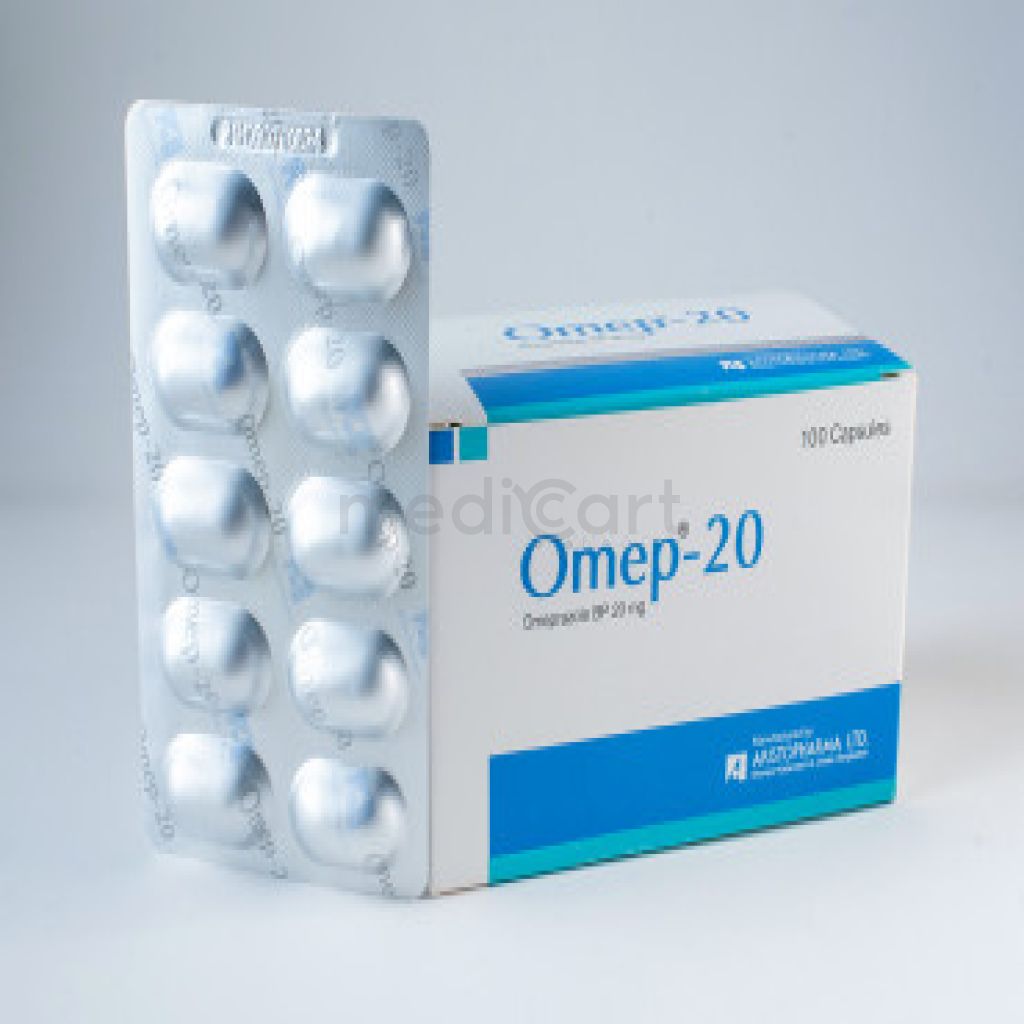

S-Citapram - 10 MG
Tablet* Delivery will be done in Dhaka city only.
Alternative Product
More Information About - S-Citapram - 10 MG
Description
Generic Name
Escitalopram
Precaution
History of mania or seizure disorders; work requiring mental alertness; renal and hepatic impairment; pregnancy, lactation; withdraw gradually. Lactation Excreted in breast milk; consider risk/benefit ratio
Indication
Major depressive disorder, Depression, Panic disorder, Obsessive compulsive disorder, Anxiety disorder
Contra Indication
Concomitant use with or within 2 wk of MAOI withdrawal.
Dose
N/A
Side Effect
>10% Headache (24%),Nausea (18%),Ejaculation disorder (9-14%),Somnolence (4-13%),Insomnia (7-12%) 1-10% Xerostomia (4-9%),Constipation (3-6%),Fatigue (2-8%),Libido decrease (3-7%),Anorgasmia (2-6%),Flatulence (2%),Toothache (2%),Weight gain (1%),Menstrual disorder (2%),Neck/shoulder pain (3%),Rhinitis (5%),Flu-like syndrome (5%),Ejaculation disorder (9-14%) <1% Arthralgia,Abdominal pain,Abnormal bleeding,Abnormal dreams,Allergy,Blurred vision,Bronchitis,Chest pain,Constipation,Decreased appetite,Decreased concentration,Disrupts platelets/hemostasis,Dizziness,Dyspepsia,Fever,Heartburn,Hot flashes,Impotence,Irritability,Jaw stiffness,Lethargy,Lightheadedness,Menstrual disorder,Hypertension,Palpitations,Migraine,Myalgia,Paresthesia,Rash,Sweating,Tinnitus,Tremor,Urinary frequency,Urinary tract infection,Vertigo,Vomiting,Yawning
Pregnancy Category
Name : Not Classified
Description
FDA has not yet classified the drug into a specified pregnancy category.Mode of Action
Escitalopram selectively inhibits CNS neuronal re-uptake of serotonin (5-HT) and potentiates serotonergic activity. It has minimal effects on norepinephrine and dopamine neuronal re-uptake.
Interaction
Increased risk of bleeding when used with aspirin, NSAIDs or drugs that affect coagulation. Serum levels may be reduced by CYP2C19 inducers (e.g. carbamazepine, rifampin, phenytoin) or CYP3A4 inducers (e.g. nafcillin, nevirapine). Serum levels may also be increased by CYP2C19 inhibitors (e.g. fluconazole, fluvoxamine, omeprazole) or CYP3A4 inhibitors (e.g. azole antifungals, clarithromycin). May increase serum levels of desipramine or metoprolol. Increased risk of serotonin syndrome when used with linezolid or sibutramine. Escitalopram may enhance the sedative effects of alcohol. Potentially Fatal: Concomitant administration with MAOIs may lead to serious or fatal reactions; should not be started until at least 2 wk after stopping escitalopram or vice versa. Moclobemide may increase the risk of serotonin syndrome.
Pregnancy Category Note
Pregnancy There are no adequate and well-controlled studies in pregnant women; therefore, use during pregnancy only if the potential benefit justifies the potential risk to the fetus In some cases, the clinical picture is consistent with serotonin syndrome Effect on labor and delivery in humans is unknown Neonates exposed to escitalopram and other SSRIs/SNRIs Neonates exposed to SSRIs/SNRIs late in the third trimester have developed complications requiring prolonged hospitalization, respiratory support, and tube feeding Such complications can arise immediately upon delivery Reported clinical findings include respiratory distress, cyanosis, apnea, seizures, temperature instability, feeding difficulty, vomiting, hypoglycemia, hypotonia, hypertonia, hyperreflexia, tremor, jitteriness, irritability, and constant crying These features are consistent with toxic effects of SSRIs and SNRIs or, possibly, drug discontinuation syndrome Lactation Escitalopram is excreted in human breast milk Limited data from women taking 10-20 mg escitalopram showed that exclusively breast-fed infants receive a ~3.9% of the maternal weight-adjusted dose of escitalopram and 1.7% of the maternal weight-adjusted dose of desmethylcitalopram Caution should be exercised and breastfeeding infants should be observed for adverse reactions when administered to a nursing woman
Adult Dose
Oral Anxiety; Depression; Obsessive compulsive disorder Adult: 10 mg once daily, increased after at least a wk if needed. Max: 20 mg once daily. Panic disorder with or without agoraphobia Adult: Initially, 5 mg once daily, increased after a wk to 10 mg once daily. Max: 20 mg daily. Elderly: Half the adult dose. Hepatic impairment: Mild to moderate: Initially, 5 mg daily, increased to 10 mg daily after 2 wk if needed. Severe: More careful dose titration needed.
Child Dose
Major Depressive Disorder <12 years: Safety and efficacy not established >12 years: 10 mg PO qDay; may increase dose after at least 3 weeks; not to exceed 20 mg/day
Renal Dose
N/A
Administration
May be taken with or without food.
Disclaimer
The information provided herein are for informational purposes only and not intended to be a substitute for professional medical advice, diagnosis, or treatment. Please note that this information should not be treated as a replacement for physical medical consultation or advice. Great effort has been placed to provide accurate and comprehensive data. However, Medicart along with its authors and editors make no representations or warranties and specifically disclaim all liability for any medical information provided on the site. The absence of any information and/or warning to any drug shall not be considered and assumed as an implied assurance of the Company.









